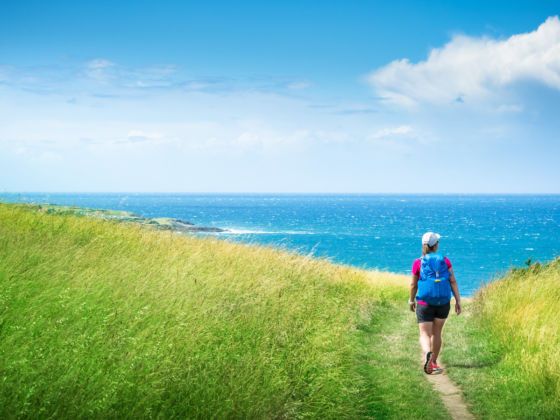Through advances in science and technology, we have unprecedented access to knowledge. Yet the ‘Information Age’ has left us bereft of wisdom.
We are now entering a dangerous new period — an Age of Ignorance. The worldwide launch this week of the film, The Age of Stupid, suggests we are headed towards a 6th mass extinction, the 5th being the end of the Dinosaurs.
